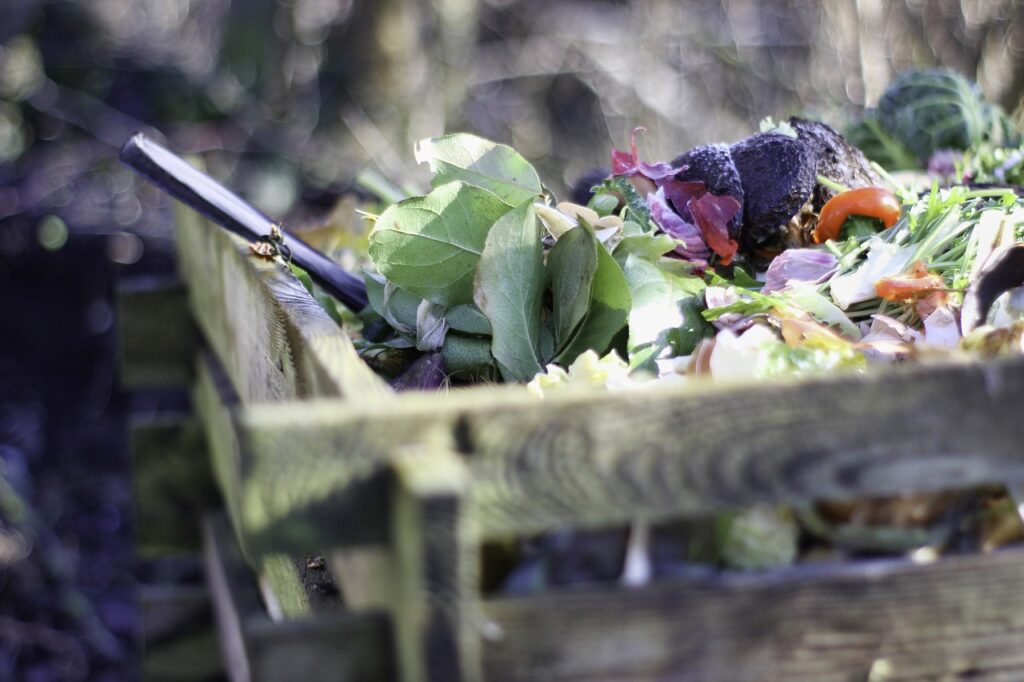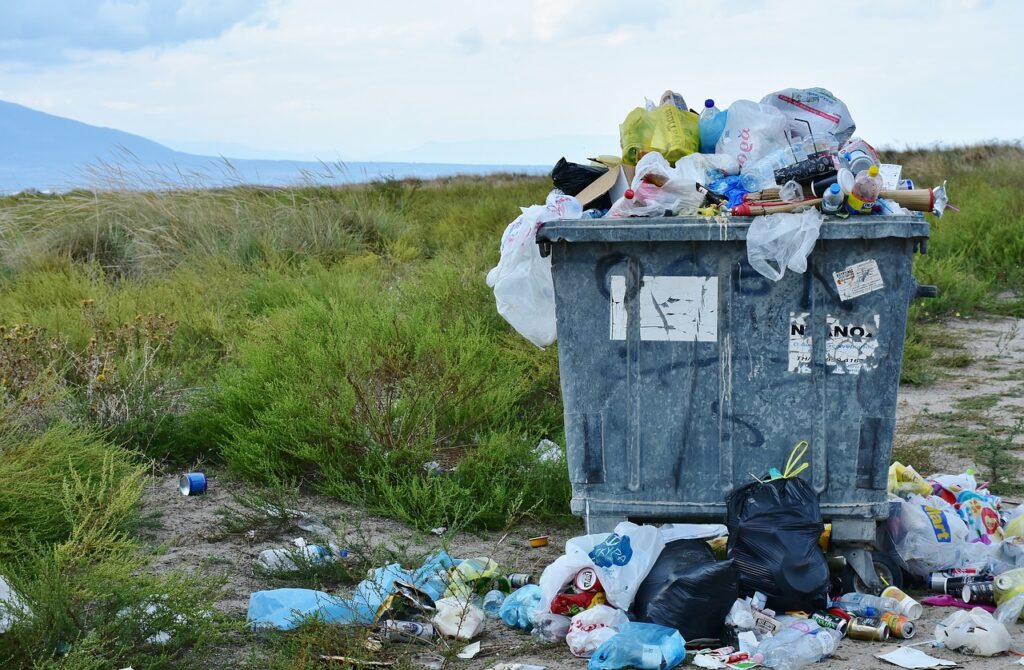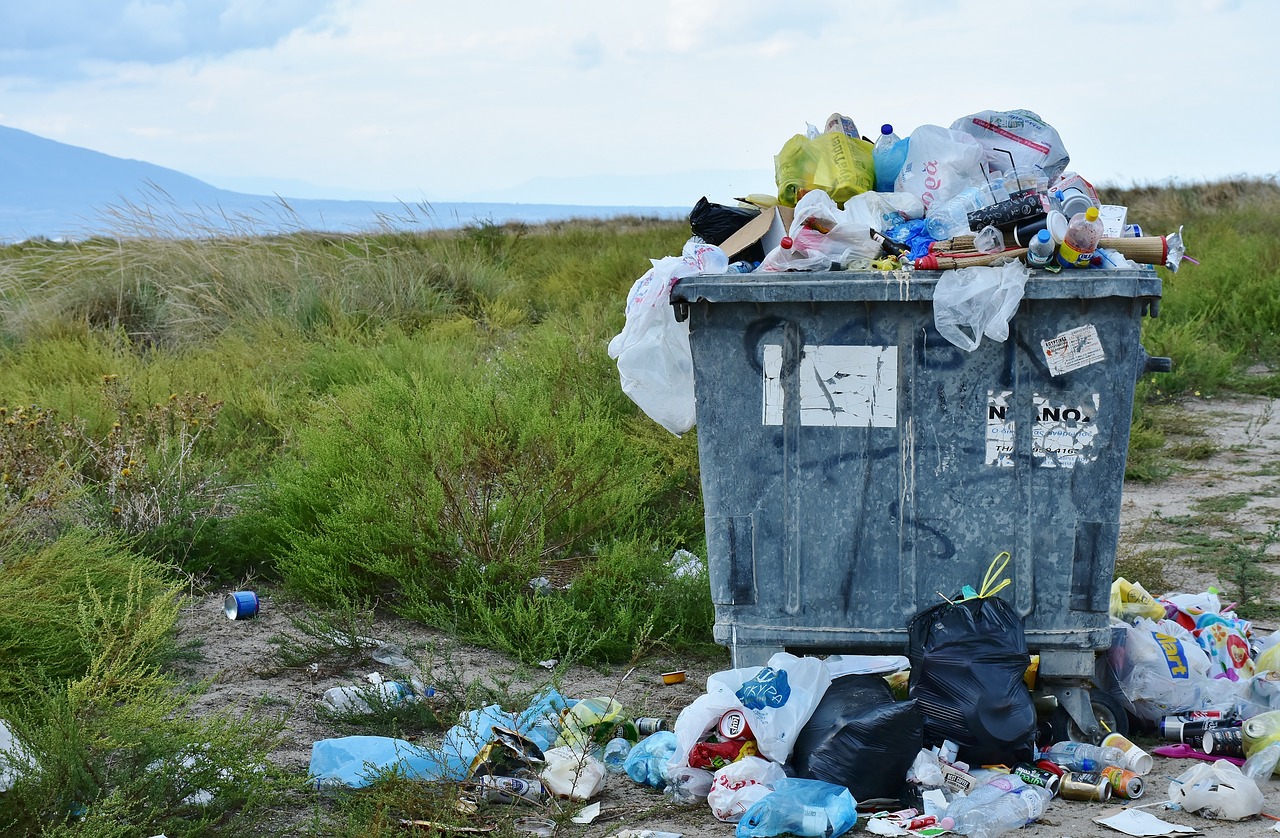Bio-plastics or green plastics are the need of the hour given the plastic pollution at the moment. Plastics, being non-biodegradable keep accumulating in the environment as they cannot break down and decompose.
Before getting into the details on alternative sources of plastic, let’s get an understanding of our current environmental situation.
Agri-Wastes and Plastic-Wastes


As mentioned in my previous post, the accumulation of Agricultural waste and Plastic waste are two major environmental concerns we are facing.
Agri-wastes: These are parts of crops that cannot be used for human or animal consumption and are prevalent, especially in agricultural countries like India. Nearly 40- 50 billion tons of agricultural waste are generated every year. Most agricultural wastes are not reusable and hence pose serious problems of disposal. As a result, they are either burnt or left to be dumped in landfills. This releases a lot of toxic gases into the environment greatly affecting the aquatic and terrestrial life forms. These wastes cannot be reused mainly due to their structure. Lignocellulose makes up most of these agricultural wastes. The lignin in lignocellulose is a rigid and recalcitrant structure that cannot be broken down. This makes it unsuitable for further use. One way to reduce the impact of agricultural waste is to increase the commercial value of the waste by using it for the production of valuable products.
Plastic wastes: Another important environmental concern is the age-old accumulation of plastics, which has become an inevitable part of every household. Petroleum-based plastics are non-biodegradable and persist in the environment for several years showing no signs of degradation. They cannot be burnt as they release toxic gases into the environment upon incineration. Their threat due to non-biodegradability also extends to the aquatic environment. Small pieces of plastic called micro-plastic choke the fish to death. This suggests an imperative need for green sources of plastics.
As a researcher, I have had an opportunity to work on the production of greener alternatives to plastic in the form of Bio-plastics from agri-waste. Let’s dive deep and have a look.
Streamlining both problems into a single solution: Agri-waste to Bio-Plastics
Agricultural waste can be an excellent substrate for the production of greener alternatives to petrochemical-derived plastics, also called Bio-plastics like Poly Lactic Acid (PLA). A conventional method of PLA exists. But, it requires a catalyst and we can’t use it for biological systems. The production of PLA from agricultural wastes not only increases the economic value of waste but also ensures the right optical purity of lactic acid.
Lignocellulose to lactic acid
Before looking at the bioconversion of lignocellulose to polylactic acid, let’s have a look at the structure of lignocellulose and see how it can help us in its bioconversion.
Structure of Lignocellulose
Lignocellulose, as the name suggests consists of three components: lignin, cellulose, and hemicellulose (which connects lignin and cellulose). Cellulose and Hemicellulose are excellent sources of fermentable sugars. The cellulose is tightly linked to lignocellulose and is hence not exposed to organisms that can degrade cellulose. However, if the cellulose is exposed to enzymes that degrade it, it can be converted to useful products. A specialized group of bacteria called cellulose-degrading bacteria (CBD) contains an enzyme called cellulase which breaks down cellulose to glucose. The glucose, upon fermentation by lactic acid bacteria (LABs), especially heterolactic bacteria convert the glucose to lactic acid and alcohol. Upon purification and polymerization, lactic acid can be converted to Poly Lactic Acid (PLA) which can be used as Bio-Plastics.
Lignocellulose to Polylactic acid: steps involved
Pretreatment
This step helps us hydrolyze the cellulose by partially breaking down the hemicellulose and lignin. This ensures the maximum surface area of cellulose for the cellulase enzyme to attach. Several pre-treatment methods have been employed for the breakdown of lignocellulose wastes and they include mechanical, chemical physico-chemical, and biological.
Breakdown of cellulose
The pretreatment step ensures the cellulose separates from the lignin and exposes the cellulose to the cellulase enzyme. They are present in a specialized group of bacteria called cellulose-degrading bacteria (CBD) and were isolated from vermicompost (a digestive product of earthworm).
Why earthworms
They thrive in rotting vegetation, compost, and manure and exhibit beneficial effects on the soil environment. They convert organic waste to a constructive form and they use CBD for this. Hence, we isolate the cellulose degrading bacteria containing cellulase from the vermicompost.
The final product of cellulose breakdown is glucose, the monomer of cellulose.
Fermentation of Glucose
Glucose, upon heterotactic fermentation by Lactic Acid Bacteria (LAB), will produce lactate and ethanol. Heterolactic fermentation produces two valuable products; lactic acid and ethanol. Ethanol can be purified and used as an alternative source of fuel. Lactic acid needs further processing after purification. It is also observed that lactic acid bacteria produces more lactic acid under anaerobic conditions.
Polymerization of Lactic acid
Lactic acid, upon purification, can be polymerized to give polylactic acid. Chemicals like stannous chloride can be used for the polymerization.
These were the four steps involved in the bioconversion of agricultural waste to Bio-Plastics. Although this was done at a lab scale, it can be commercialized. The final products of PLA and alcohol not only help us solve the crucial problem of environmental threats but also increase the economic value of agricultural waste.
Who will benefit from Bio-Plastics?
Once effectively manufactured and marketed, it can be useful for different industries including food packaging, containers, types of furniture, laminations, medical PPE kits & masks, toys, and stationary.
Why Bio-Plastics over Petroleum-Derived Plastics?
- Bio-Plastics like PLA are easily biodegradable, in fact 100 % biodegradable and recyclable. Unlike petroleum-derived plastics, they do not persist in the environment. They do not release toxic gases and are hence an environmentally friendly option for petroleum-derived plastics
- They have good mechanical and physical strength and can hence be used for the manufacture of single-use plastics like cutlery, wipes, and sanitary products
- They are biocompatible and can therefore be widely used in the medical field. It is often used in drug release and drug delivery
- They have better looks with good gloss and transparency
- It is used in many different industries due to its good ductility
- It is surprisingly the only bioplastic with anti-bacterial and anti-fungal properties
- It is safe to use and non-toxic when burnt. It does not release harmful gases upon incineration
- It can be used in 3D printing
Disadvantages of PLA
Apart from its high cost of manufacture, PLA can retain moisture and oxygen for a long time leading to spoilage of food. So, PLA is not suitable for long time storage of food.
Click here to read more about my research work.


Interesting read, thanks for sharing!
Interesting read, thanks for sharing!